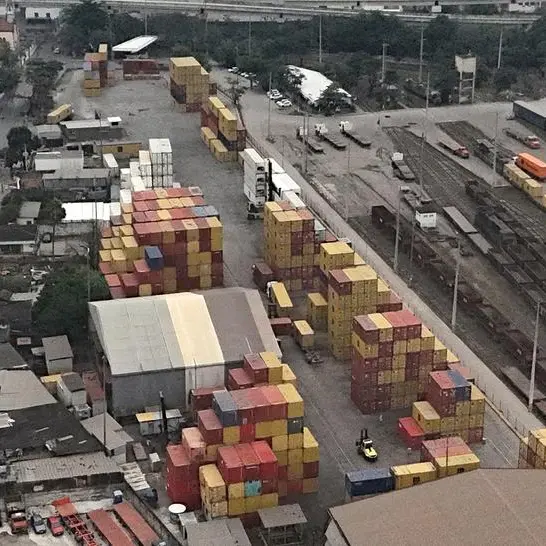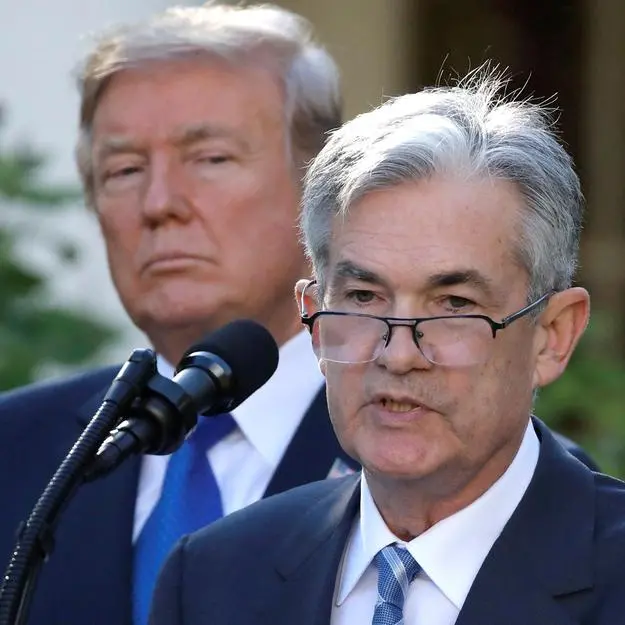PHOTO
Downtown buildings along the waterfront are seen from a landing commuter plane in Toronto, Ontario, Canada December 6, 2019. Chris Helgren, Reuters Image for illustrative purpose. Image for illustrative purpose.
Canada recorded a bigger-than-expected trade deficit of C$1.93 billion ($1.41 billion) in May, the third consecutive monthly shortfall, as exports declined faster than imports, data showed on Wednesday.
Total exports fell 2.6% to C$62.45 billion, the lowest in 10 months, while imports decreased by 1.6% to C$64.37 billion, Statistics Canada said.
Analysts polled by Reuters had forecast a C$1.20 billion trade deficit in the month. April's deficit was revised to C$1.32 billion from a C$1.05 billion shortfall reported initially.
The decline in exports was led by gold, energy, and aircraft Statscan said. Exports of motor vehicles and parts increased in May and partially offset the overall decline.
Exports of unwrought precious metals, a category largely composed of unwrought gold, decreased 17.1% in May. The decline in energy products, driven by crude oil and bitumen, was due to lower prices.
Gold exports have been volatile in the recent months, with fluctuations recorded in both volumes and prices. "The geopolitical context and high demand for gold were factors contributing to this volatility," Statscan said.
The drop in imports was also driven by gold as well as motor vehicles and parts, and energy products.
Lower imports of passenger cars and light trucks, mainly sport utility vehicles and other light trucks from the United States, led the decline in the motor vehicles category.
The decline in imports of vehicles from the U.S. - Canada's largest trading partner - contributed to the trade surplus widening to C$8.2 billion from C$7.1 billion in April.
Canada's trade deficit with countries other than the U.S., however, widened as exports posted the strongest percentage decrease on record, Statscan said.
Overall, 8 of 11 export product categories fell in May, while 6 of the 11 import product groups recorded declines. By volume, exports were down 1.7% and imports were down 1.3%.
Data last week showed that Canada's economic growth rate likely slowed to 0.1% in May from 0.3% a month earlier, as increases in manufacturing, real estate related activities, and finance and insurance were partially offset by decreases in retail trade and wholesale trade.
The Canadian central bank trimmed its key policy rate for the first time in more than four years last month, and said more cuts would be dependent on inflation continuing to ease towards a 2% target. But inflation rate unexpectedly accelerated in May, tempering expectations of back-to-back rate cuts at the Bank of Canada's next announcement on July 24. 0#BOCWATCH
($1 = 1.3675 Canadian dollars)
(Reporting by Ismail Shakil in Ottawa; Editing by Dale Smith)





















